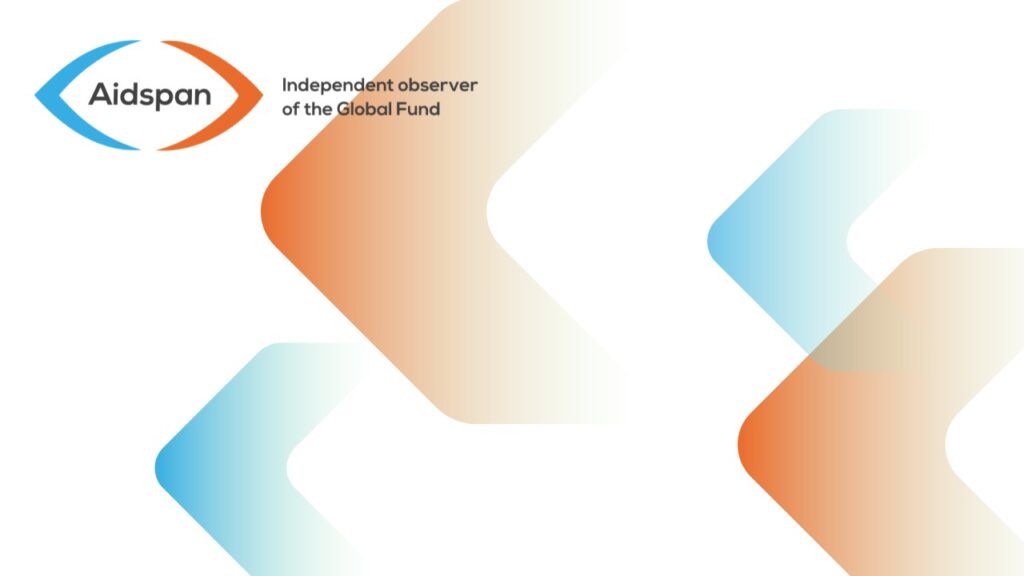
How Initial Allocations in the Transition Phase Could Be Adjusted
Author:
David Garmaise
Article Type:Article Number: 3
ABSTRACT An email to Board members from Mark Dybul explains how indicative allocations for early and interim applicants could be adjusted to account for qualitative factors and other variables.
In an email sent to Board members on 7 March, Global Fund Executive Director Mark Dybul explained how indicative allocations for early and interim applicants could be adjusted to account for qualitative factors and other variables.
Dr Dybul said that the starting point for allocations for each country in the transition is the application of a formula based on disease burden and ability to pay. The amount produced by the formula is then adjusted to account for two variables: (1) other external sources of funding and (2) minimum required level. (The latter involves a calculation of what minimum funding is required to avoid service disruptions.) The amount is then further adjusted to account for qualitative factors such as performance, absorptive capacity, risk, willingness to pay and increasing rates of infection.
Initially, Dr Dybul said, these adjustments are based on general guidance, including standard adjustment ranges. However, the adjustments can be massaged by country teams (subject to senior management review). For interim applicants, adjustments will be made at the time that funding decisions are made; the process is similar to the one used for renewals.
Dr Dybul provided an example of how an indicative funding amount of $100 million for a given component (as determined by application of the allocation formula) could be adjusted. The example involved a particular country, which Dr Dybul referred to Country A:
- External financing. Adjustments are limited to +/- 50%. In the case of Country A, external financing was not a factor, so no adjustment was made.
- Performance and impact. The adjustment range is generally between -30% and +10%. For Country A, the weighted average performance for the disease component was 95% (A-). Regarding impact, the component was initially assessed as having “limited progress towards impact,” but this was later revised to having “progress towards impact.” Consequently, the amount was adjusted upwards by 5% to $105 million.
- Absorptive capacity. For country A, the $100 million represented 90% of what that country had spent annually over the last three years, so no adjustment was made for this factor.
- Other factors. Factors such as willingness to pay, risk mitigation and increasing rates of infection will be assessed during country dialogue; adjustments may be made at that time.
- Willingness to pay (counterpart financing). Country A was assessed by the Fund’s Counterpart Financing team as contributing domestic resources far above the minimum threshold defined by the Counterpart Financing policy. Thus, Country A is a strong candidate for upward adjustment, but first the country must commit and provide evidence that the current trend will continue. The upward adjustment could be in the range of 15%.
- Risk mitigation. The country team identified a need to build an M&E system at a cost of $0.5 million. Further discussions are required to determine if this will translate into an upward adjustment.
- Infection rates. Country A had no increasing rates of infection, so was not eligible for an upward adjustment based on this factor. Had it been, it could have received an upward adjustment of up to 5%.
Editor’s Note: The information provided in the example for Country A does not fully explain how adjustments will be made. For example, what criteria will be used to make adjustments of up to +/- 50% for external financing? It seems logical to conclude that the availability of external financing could result in a reduction in the allocation. But what circumstances would cause an increase in the allocation? To take another example, concerning performance and impact, what formula is used to make the adjustments? The same question can be posed for other adjustment categories. Aidspan will seek clarification on these matters.
See separate GFO article on other information contained in the 7 March email.
